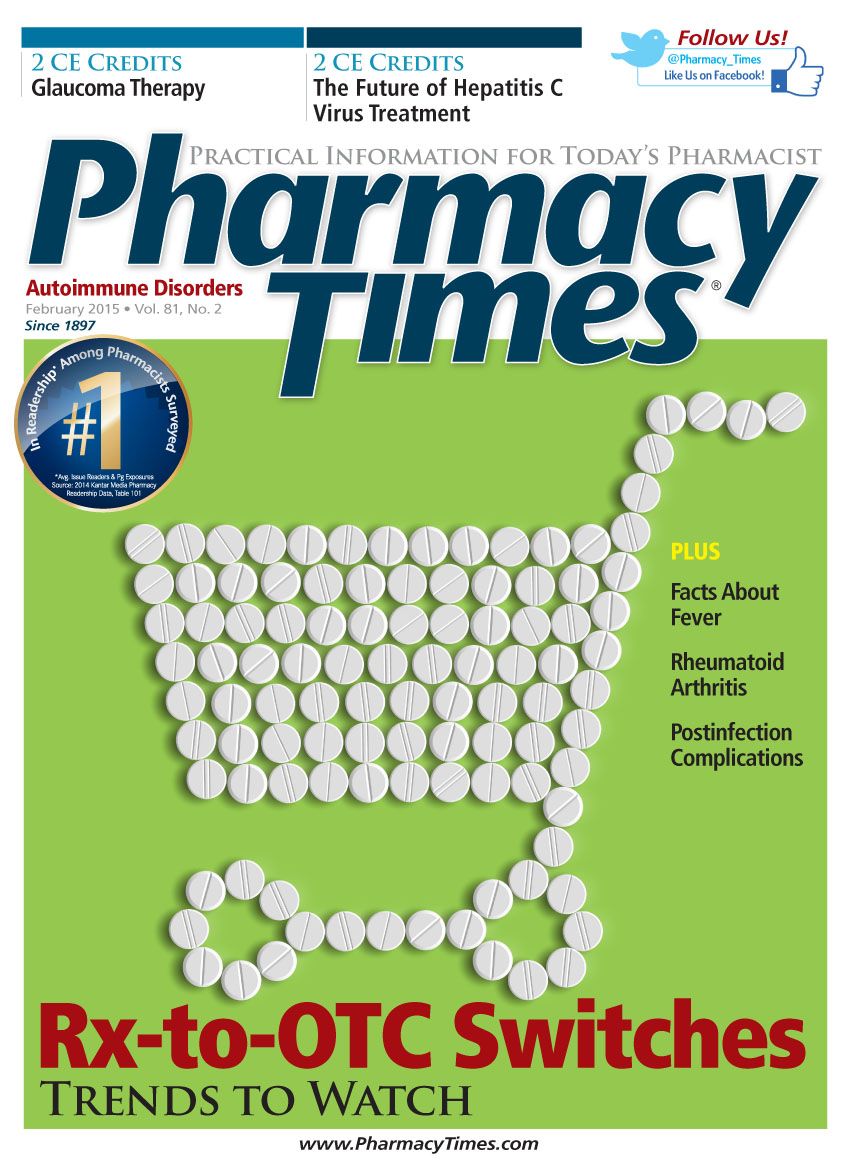Publication
Article
Pharmacy Times
Drug Diversion and Abuse: Monitoring the Future: Some Good News
Author(s):
In mid-December 2014, the Monitoring the Future survey results provided good news regarding trends among America's teens. The results are encouraging on many fronts, but especially regarding pharmaceutical use.
In mid-December 2014, the Monitoring the Future survey results provided good news regarding trends among America’s teens. This nationally known survey inquires about drug use and attitudes of American 8th, 10th, and 12th graders. The results are encouraging on many fronts, but especially regarding pharmaceutical use.
The study specifically cites Vicodin, which has very limited dispensing, but I’m sure that the study is referring to the most prescribed drug in the United States— the generic equivalent, hydrocodone. Hydrocodone has long been a drug of abuse with teenagers, especially high school seniors. However, abuse of hydrocodone among high school seniors has dropped from 9.7% in 2009 to only 4.8% in 2014, according to this recent study.
Despite the drop in hydrocodone abuse, nonmedical abuse of pharmaceutical stimulants commonly prescribed for attention-deficit/hyperactivity disorder remained steady. I discussed this problem in last month’s column: a college student died of alcohol toxicosis while taking these stimulants. The study notes that there is a perceived reduction in the danger associated with nonmedical use of prescription stimulants. These kinds of trends often lead to increased use of a product.
The source of these prescription drugs hasn’t changed much. Most survey respondents indicated that they get the drugs from friends or family, with fewer individuals indicating that they abuse medication prescribed to them. It’s always been a mystery as to where the friends and family of drug abusers obtain these drugs, but friends and family continue to be the top source year after year.
I would like to think there are many reasons for the reduced consumption of hydrocodone, our most abused pharmaceutical, which recently became a Schedule 2 drug. The nation has put forth an incredible effort to remove prescription drugs from our medicine cabinets. The word seems to have spread in most communities across the country, with the National Association of Drug Diversion Investigators leading the way with takeback boxes. Hundreds of these boxes have been purchased by law enforcement agencies or provided to them through support from Endo and Zogenix.
The boxes, along with twice yearly take-back programs sponsored by the Drug Enforcement Administration and spearheaded by local and state law enforcement, take hundreds of thousands of pounds of unneeded and/or expired pharmaceuticals from our nation’s medicine cabinets each year. I think these efforts, coupled with public education, have significantly decreased abuse of the drugs among 12th graders. High school seniors have great difficulty doctor shopping or forging or altering prescriptions, and I have always believed that untended medicine cabinets are a far easier target.
I think that the positive survey results indicate that good strides have been made to thwart hydrocodone abuse, but more needs to be done to prevent nonmedical use of pharmaceutical stimulants. Part of the problem on the street is that the parents of some teenage patients are diverting the medications, not the teens. Nonetheless, it is somewhat heartening to see a reduction in teenagers’ abuse of the most prescribed and abused prescription drug, with the strong possibility that national programs of awareness and access reduction are working. Many parties are responsible for this, and the survey results support the fact that these programs need to be multifaceted and involve a host of participants, including law enforcement, the pharmaceutical industry, health professionals, and those engaged in educating the public about the dangers of nonmedical use of pharmaceuticals.
Maybe we can all pat ourselves on the back for now, but there is always much more to do, with emerging dangerous substances rearing their ugly heads almost monthly. Giving up the fight is not an option, but it’s nice to see some positive results for once.
Cmdr Burke is a 40-year veteran of law enforcement and the past president of the National Association of Drug Diversion Investigators. He can be reached by e-mail at [email protected] or via the website www.rxdiversion.com.

Newsletter
Stay informed on drug updates, treatment guidelines, and pharmacy practice trends—subscribe to Pharmacy Times for weekly clinical insights.






